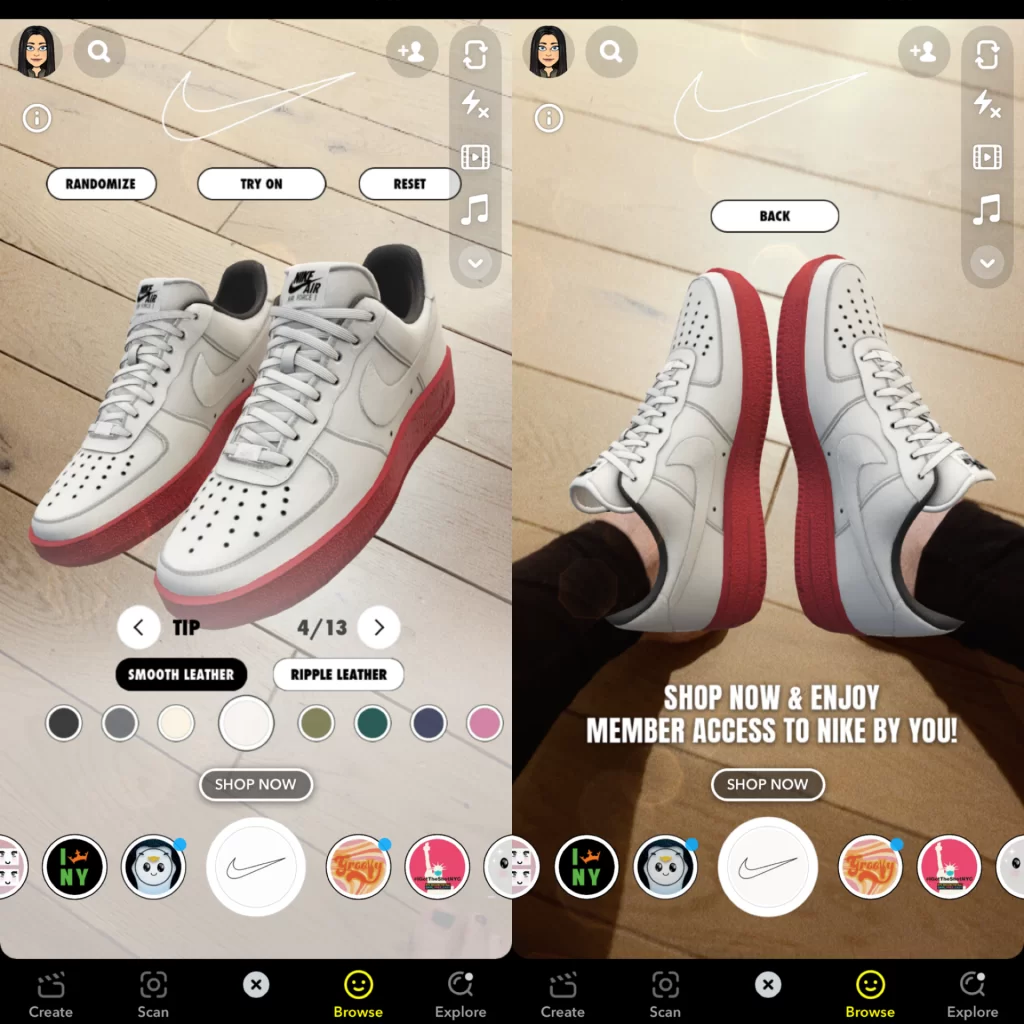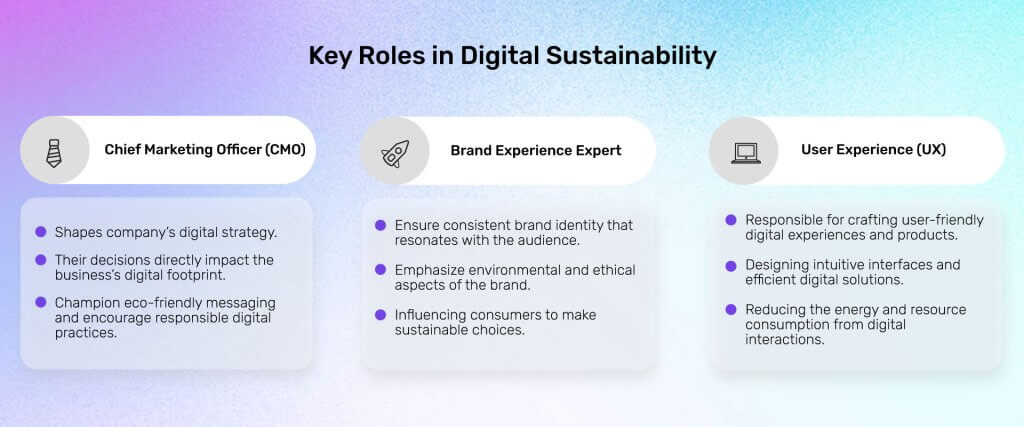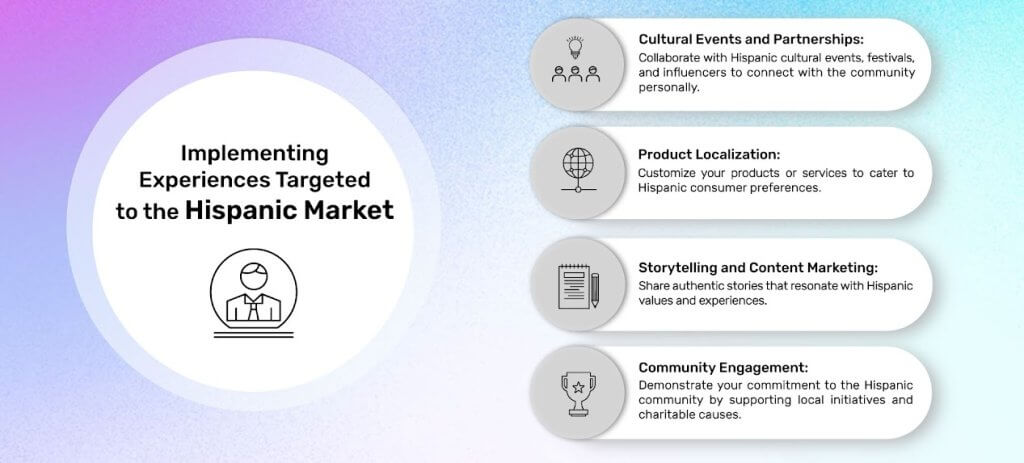
In the bustling world of digital innovation, the horizon of e-commerce never stands still, forever being reshaped by the hands of technological advancement. As marketers, entrepreneurs, and business leaders, we stand at the precipice of the digital consumer revolution, where shopping is just one click, touch, or voice command away. However, the ‘traditional’ one-dimensional way of retail is rapidly becoming outdated in the face of new, immersive, and interactive shopping experiences.
The race to capture the ever-fragmenting attention of consumers and differentiate brand offerings has accelerated a revolution in e-commerce. The future of shopping is here, and it is dynamic, immersive, and above all, innovative. Let’s explore the cutting-edge strategies and powerful technologies that are redefining the very essence of shopping.
Augmented Reality (AR) Shopping: The Personalized, Interactive Frontier
As Augmented Reality (AR) blends the digital footprints with the physical world, it carves out a new dimension for consumer engagement. In the realm of e-commerce, AR has the singular power to offer hyper-personalized, interactive product experiences that were hitherto unimaginable.

Smartphone applications and web plugins have democratized AR shopping, making it accessible to even the most casual online shoppers. From trying on virtual clothes to visualizing furniture in a room, AR expands possibilities—bridging the gap between the digital product image and physical consumer space.

For customers, AR shopping is a game-changer, reducing uncertainty around size or suitability of products and enhancing consumer confidence. On the retailer side, AR facilitates a deeper level of consumer insight through analytics on virtual try-ons, leading to improved product design and inventory management.
Virtual Reality (VR) Shopping: The Bespoke Immersive Escape
Virtual Reality (VR) constructs a simulated three-dimensional world, beckoning consumers to immerse themselves in a bespoke shopping universe. It’s a step beyond AR, offering a complete sensory experience that fosters brand loyalty like never before.
From virtual showrooms for luxury goods to tailored shopping experiences in VR marketplaces, the applications are manifold. VR transcends physical barriers to deliver exceptional shopping experiences.
However, for those who can access VR, it leads to higher purchase intent, conversion rates, and an immersive brand experience that’s second to none.

Social Commerce: The Community-Driven Shopping Spree
Social commerce takes the conversation where it naturally flows: social media. By integrating shopping capabilities within social platforms, it harnesses the power of community and user-generated content to drive sales.
Platforms like Instagram and Pinterest are not just for browsing—they are now interactive storefronts. With features like in-app purchasing and shoppable posts, social commerce is turning casual browsers into active buyers.
Voice Commerce: The Conversational Conversion Channel
The rise of virtual assistants like Amazon’s Alexa, Google Assistant, and Apple’s Siri has paved the way for a new dimension in e-commerce: voice commerce. It simplifies the shopping process, allowing customers to make purchases with a voice command.
Voice commerce is growing rapidly, with a predicted climb to billions in sales by 2023. This growth is propelled by the speed and convenience it offers, making it a natural fit for the ethos of instant gratification that characterizes the digital consumer.
By leveraging AR, VR, social commerce, and voice assistants, retailers can provide customers with the unforgettable experiences they crave. But at its core, each of these innovations pivots on personalization, interactivity, and user-centric design. When implemented thoughtfully, they not only encourage more conversions but also foster stronger, more loyal customer relationships.
The NOW Gen at CES 2024 encapsulates the spirit of this digital transformation. Here, we celebrate the pioneers and visionaries who drive the unprecedented acceleration of e-commerce. As we stand on the brink of a new shopping era, one with endless opportunities for brands to connect with consumers, we call upon businesses to embrace these unconventional yet powerful tools, to redefine their online presence, and to craft shoppable experiences that truly resonate with the NOW generation.





















